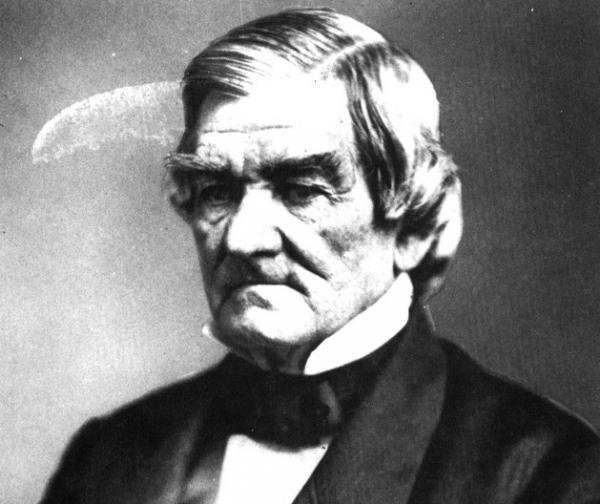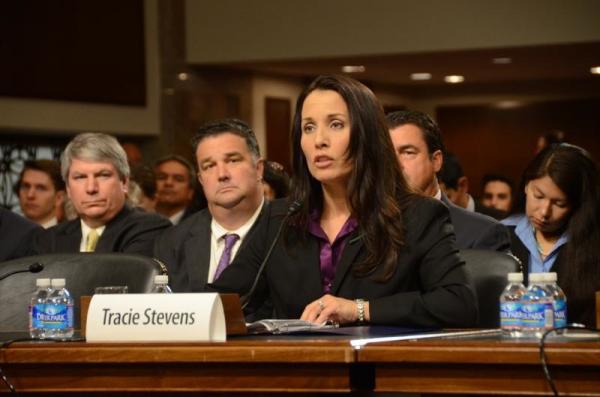
Source: The Herald
Glass gourds: Shack-toberfest is already under way and runs through Sunday in downtown Everett. There will be pumpkin carving and classes on how to make your own glass pumpkin. There will also be glass pumpkins for sale. There is a beer and brat night on Friday. Get all the details here.
Live music: See Rose Windows, who recently signed to SubPop, perform with The Maldives and Learning Team on Saturday at 8 p.m. The show is at Kroakers in Everett. You can get tickets here.
Spruce up your home: The Everett Fall Home Show is Friday to Sunday at Comcast Arena. You’ll find vendors that will do just about anything to improve your home. There will also be free seminars on home improvement. At the same time, there will be a gift and food show in the arena. Taste some good food and get a jump on holiday shopping. Get the details in our story here.
Free parks day: All state parks and national parks will be free on Saturday to celebrate National Public Lands Day. There are also a number of work parties on trails. Check here for more information.
Find a feline: Look for a new family friend, or just go for fun, at The Secret Life of Cats adoption event at the Everett Animal Shelter on Sunday. More than 100 cats and kittens will be available for adoption. There will even be a tarot reader to do readings for humans and felines alike. Get more details in our story here.
Good gourds: Check out the winner of the Giant Pumpkin contest at the Skagit Valley Festival from 9 a.m. to 4 p.m. Saturday at Christianson’s Nursery and Greenhouse, 15806 Best Road, Mount Vernon. In addition to huge veggies there will be music, carnival games and food. And don’t forget the toad races. Read more in our story here.
Go for a flight: Kids can take free plane rides at the Arlington Airport Appreciation Day. The event is 9 a.m. to 2 p.m. Saturday. Get the details in our story here.
Look up: Take a virtual trip to Rome to view the unequaled artwork of Michelangelo’s Sistine Ceiling from 2 to 3:30 p.m. Saturday at the Everett Public Library, 2702 Hoyt Ave. Rebecca Albiano of the Frye Art Museum will be your tour guide at this free presentation.
Friendly persuasion: Grab a pal or meet one at the Friendship Walk Saturday at Arlington’s Legion Park, 114 N. Olympic. Registration for the walk begins at 11 a.m. and donations benefit people with special needs. The one-mile walk begins at 1 p.m. You can also get friendly with reptiles in a special demonstration or enjoy a $5 hot dog lunch. Click here for more information.
Autumn leaves: Pick up some tips on what plants work well in fall and winter gardens at a free workshop with Trevor Cameron at 10 a.m. Saturday at Sunnyside Nursery, 3915 Sunnyside Blvd., Marysville. Call 425-334-2002 for more information.
It’s science, guys: The Arlington Library double-dog dares you to show up at 2 p.m. Saturday to learn some amazing challenges and tricks. The free science demonstrations are for all ages at the library at 135 N. Washington Ave. Call 360-435-3033 for more information.
When in Rome: Stomp some grapes, toss some pizza, watch a bocce tourney and learn to cook Italian at Festa Italiana from 10 a.m. to 9 p.m. Saturday and 10 a.m. to 6 p.m. Sunday at the Seattle Center.
Get involved: It’s also Family Day Saturday at the center, thanks to Melinda and Bill Gates. Free events for kids include arts and crafts, games and brainiac activities. The foundation will also show kids how they can give back like the Gates family does. Go to www.seattlecenter.com for information about all center activities.
Poetry reading: Uppercase Bookshop in Snohomish will host two renowned poets for a reading and Q&A at 7 p.m. Friday. John Sibley Williams and Amber Nelson will both read from their works. Get more info here.
Hum along: Songwriter Nick Drummond performs at 7:30 Saturday night at Tim Noah Thumbnail Theater, 1211 Fourth St., Snohomish. Drummond used to be with Impossible Bird and The Senate. Tickets are $15 at brownpapertickets or at the door. Call 360-568-9412 for more information.
Who are you? Curious about your ancestors? The Snohomish Genealogy Workgroup will help you get started researching your family history from 10 to 11:45 a.m. Saturday at the Snohomish Library, 311 Maple Ave. Call 360-568-2898 for more information.
Celebrate diversity: Marysville’s first Multicultural Fair to celebrate diversity in the Marysville-Tulalip communities and the many cultures who call the area home is Saturday. The free event is 10 a.m.-3 p.m. at Comeford Park, 514 Delta Ave. There will be music, dancing and food. Get more info here.
Art Walk: A Stanwood art walk will cover the historic east end of Stanwood, encompassing the 8700 block of 271st Street NW one block north of Highway 532, from 5 to 8 p.m. on Friday. Get your “passports” stamped and initialed at the participating businesses then turn in your completed “passport” for a chance to become a winner in the free drawing. Fifteen small local businesses are showing paintings, pottery, jewelry and more.
Car show: The Snohomish Classic Car & Hot Rod Display is 10 a.m. to 4 p.m. on Sunday. More than 600 antique, classic and exotic hot rod cars and trucks will be on display. Get more details here.
Live sustainable: Check out the Sustainable Preparedness Expo on Sunday at the Evergreen State Fairgrounds. The show focuses on preparing your family in the case of disaster, sustainable living and homesteading. Vendors will be there with hard-to-find supplies and there are a number of workshops and seminars planned. Click here for the details.
So soft: Stop by Fern Ridges Alpacas in Clinton to learn more about alpacas their fiber and the farming business on Saturday and Sunday. Find out more about the farm here. The event is part of National Alpaca Farm Days.
Celebrate salmon: Enjoy riverside salmon viewing tours, Indian tacos, a native flute concert and more at the Return of the Salmon celebration in Sultan. The event, featuring kid’s activities, live music, dance and horse-drawn covered wagon rides, is from noon to 4 p.m. Saturday at Osprey Park, 801 First St. For details, call 425-359-8936.
Cheers! Taste and celebrate the return of Foggy Noggin Brewing’s seasonal scotch ale at a special tasting event on Saturday. You can also buy pint and growlers of the seasonal beer, which will run out within eight weeks, at the brewery’s tasting room in Bothell. More information here.
















